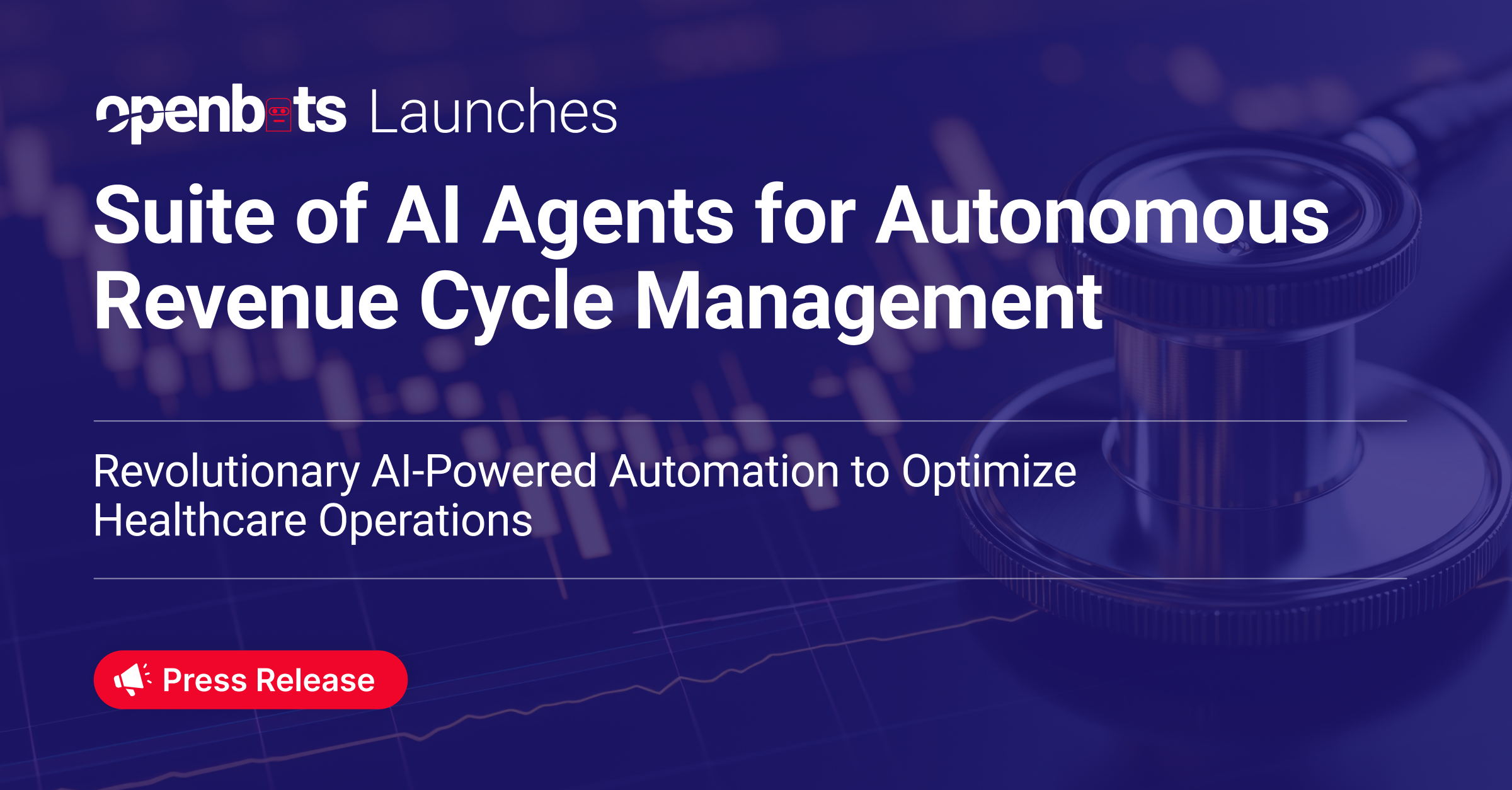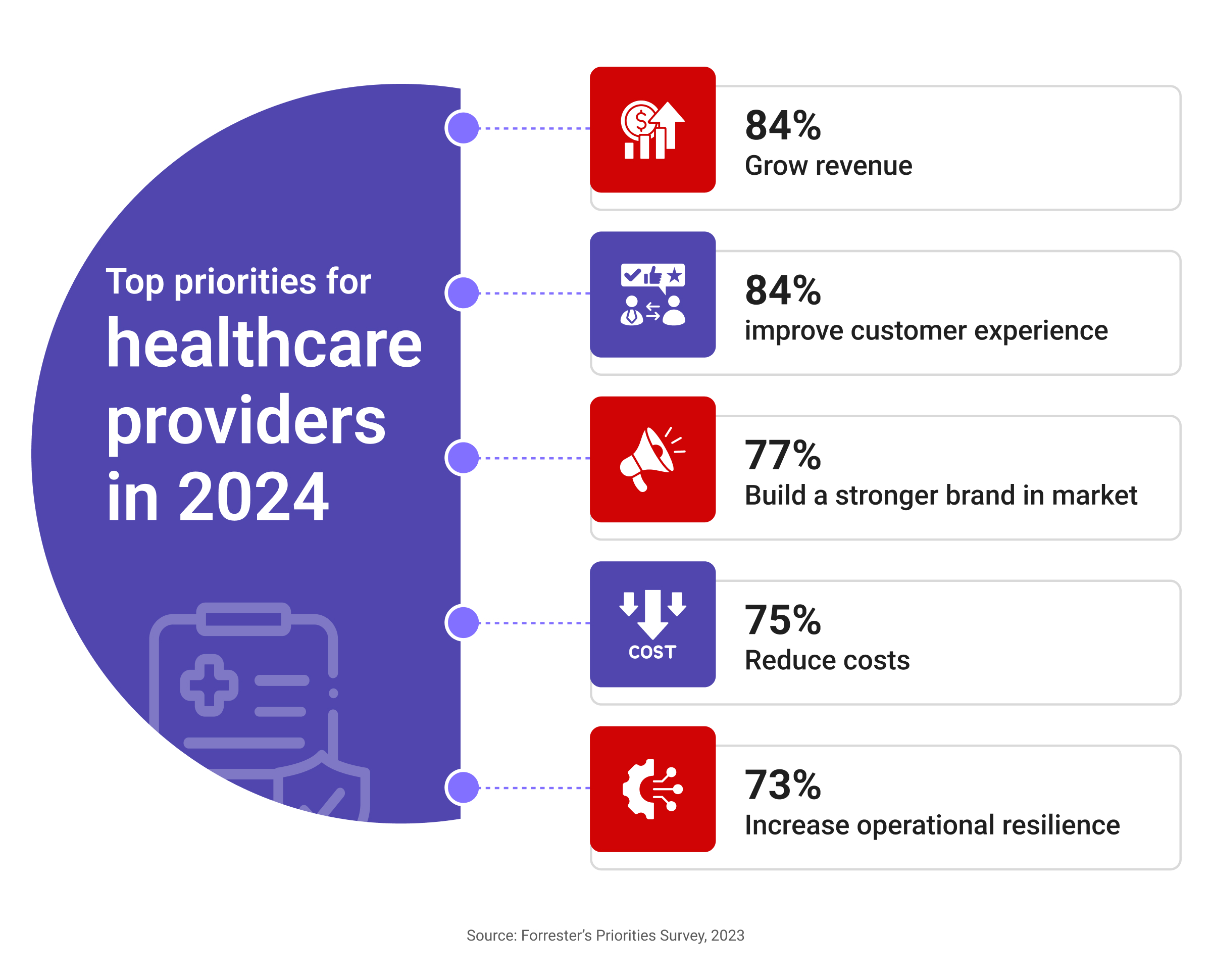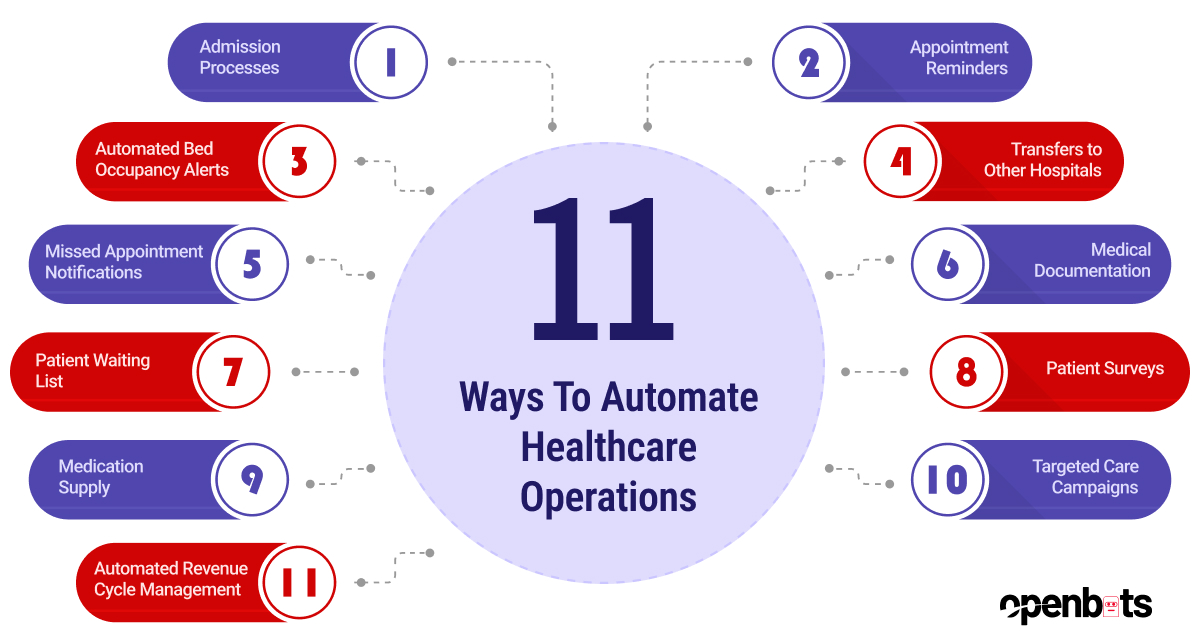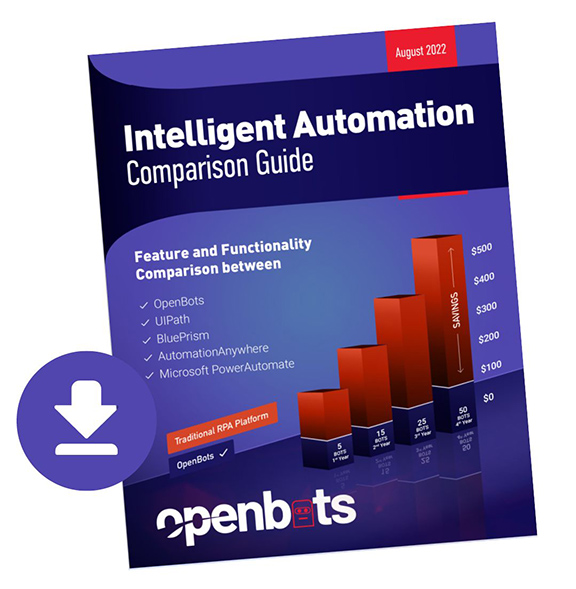Hospital Automation – Eleven Processes You Need to Automate
 by
Andres Felipe Valencia - October 16, 2024
by
Andres Felipe Valencia - October 16, 2024

About Andres Felipe Valencia
I'm a Senior Business Analyst for RPA projects with a major as a Process Engineer, however, my interest in technology and how it impacts today's world switched my passion from chemistry, allowing me to transform the world little by little by participating worldwide in projects from multiple industries, from banking to mortgage and even healthcare, being the bridge that facilitates communication across the teams while keeping the focus on the desired results. Outside of work, I like to exercise, play videogames, play piano and travel across different villages of Colombia.Recent Posts
Related Blog Posts

7 High-Impact Use Cases of RCM Automation
The current financial pressures on healthcare providers are increasing: declining margins, staffing difficulties, increasing administrative workloads, regulatory complexity, and patient […]

Agentic AI’s Untapped Power in Streamlining Prior Authorizations
The original goal of prior authorization was to help keep healthcare costs down, not to get in the way of […]

OpenBots Launches Suite of AI Agents for Autonomous Revenue Cycle Management
OpenBots Inc. is transforming healthcare financial operations with the launch of its AI-powered suite of eight Autonomous Revenue Cycle Management (RCM) Agents…







